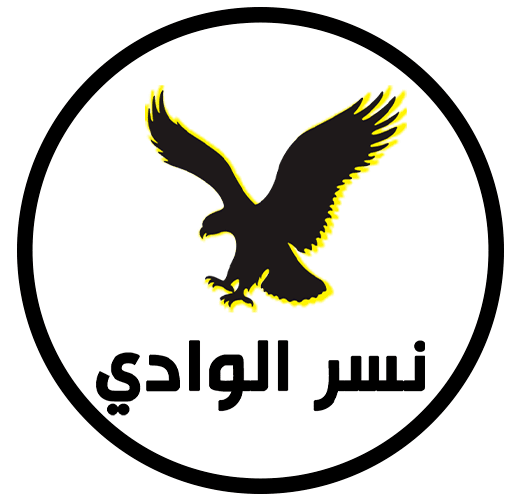What the Fed Can Do to Tighten the Money Supply
What the Fed Can Do to Tighten the Money Supply
By: Reuters
The U.S. Federal Reserve Wednesday said it would conduct further term deposit facility auctions to prepare for an eventual exit from its ultra-easy monetary policy.
The Fed's announcement, which it said had no implications for current monetary policy, comes when markets are focused on whether the Fed—the U.S. central bank—will have to ease more to support a weakening recovery.
Below are some of the tools the Fed has at its disposal for eventually tightening monetary policy.
The Federal Reserve headquarters in Washington, DC. The Fed has many tools to tighten monetary policies. |
Paying Interest on Excess Reserves
The interest rate the Fed pays on excess reserves will be the one to watch once the Fed begins to raise borrowing costs.
By raising the rate it pays on bank reserves, the Fed creates a magnet for banks to keep those reserves with the Fed rather than lend them out.
"By increasing the interest rate on reserves, the Federal Reserve will be able to put significant upward pressure on all short-term interest rates, as banks will not supply short-term funds to the money markets at rates significantly below what they can earn by holding reserves at the Federal Reserve Banks," Fed Chairman Ben Bernanke told lawmakers on March 25.
A number of central banks around the world have effectively used similar tools.
Large-Scale Reverse Repurchase Agreements
The Fed could arrange large-scale reverse repurchase agreements (reverse repos), with financial market participants.
This would temporarily drain reserves from the banking system and reduce excess liquidity at other institutions.
This would be one way the Fed could tighten the linkage between interest on reserves and other short-term market interest rates, Bernanke said on July 21.
Reverse repos involve the sale by the Fed of securities from its portfolio with an agreement to buy them back at a slightly higher price at a later date.
Term Deposit Facility
The Fed began testing its new term deposit facility for banks in June, using auctions to offer term deposits for banks that are akin to the certificates of deposit banks offer retail customers.






































Post a Comment